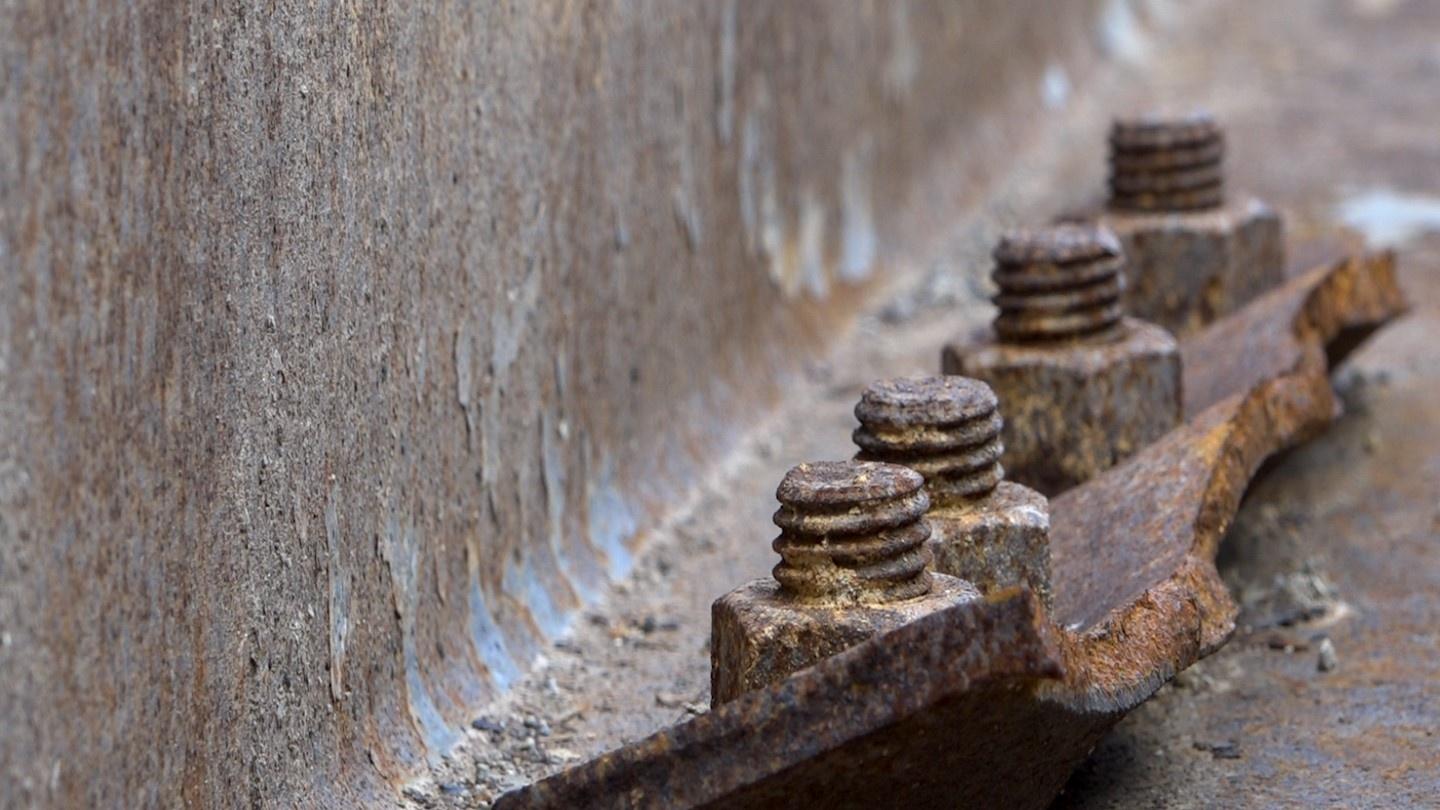BETHLEHEM, PA - Martin Tower is gone but beams from its skeleton are getting a new home.
"You can see these things were built to last forever," explains Historian, Mike Piersa, "They look, other than being a little scrumpt up from the demolition, they’re not bent. I’m sure you can use them again and we’re going to be using them as benches in our park outside."
Relics that formed the floors of the former iconic building that was imploded in May of 2019 have made their way over to Bethlehem’s National Museum of Industrial History where the structural columns will be re-purposed in a new Steelworkers Memorial Park.
"We’ll have some naming opportunities for them to put their name, or their ancestors’ names on the bench and be able to remember and commemorate their families," says President & CEO of the National Museum of Industrial History, Kara Mohsinger, "We have areas set aside and the initial bones of the park is being plotted out and we’re hoping to break ground in early spring of this year. In terms of how many benches are going to be available, it’ll depend on how many we can weld and how many we’ll fit nicely and appropriately in the park."
Staff from the museum knew once Martin Tower came down, they wanted to keep up with preserving pieces of its history. Historian Mike Piersa says, the salvaged I and H beams not only kept Bethlehem Steel buildings upright and sturdy, but also supported iconic skylines.
"About 80% of Manhattan’s skyline as of WWII would have collapsed if it weren’t for the Bethlehem beams that were used to build it," Piersa tells PBS39 News Tonight Reporter, K.C. Lopez, "But most of the time you don’t actually see the steel. It’s hidden behind a stone facade, stainless steel from another company, but here you can actually touch it, feel it and realize that this is what makes up the bones of all those famous structures."
So for a lover of history like Piersa, a project to save Bethlehem Steel’s planks in this way is pretty special; "It really means a lot because if you look at other demolition projects they usually take the steel, melt it down and it’s turned into a new car, something that’s economically useful but it doesn’t bear any resemblance to its past life," he explains. "So here you’ll be able to come down, sit on it, actually feel the steel. It sounds a little bit corny but, being able to physically touch the history is very meaningful."
Now relocating these massive columns was no easy task. The 17 by 16 and a half inch beams weigh 370 pounds per foot and to initially transport half a dozen of them, two and a half miles to the East 2nd Street Museum, required backup.
"Thankfully we had assistance from the crew over there, they used the giant loading machine on tracks to grapple the beams, pick them up, squeeze their jaws together and pick the beams up and put them on a truck," Piersa recalls the process, explaining, "the trucking was donated by Robert Dommer of Northampton. He’s been very generous with the museum and he put them on his flatbed trailer just like truckers would have done coming from Bethlehem Steel for decades and haul them over to the museum. We used a 2 thousand pound forklift to unload them, put them on the ground, block them on railroad ties and position them so we can access them with a torch in the future to cut them to links desirable for the benches we’re going to be making out of them."
Traveling through space and time, now these artifacts will be able to reach generations of steelworkers’ families and visitors to the area.
"I think it’s important that future generations are able to see a piece of maybe what their ancestors worked so hard doing. That’s a big piece of what I enjoy about this museum," Mohsinger tells Lopez, "being able to educate people about what their ancestors had done, the hard work they put in. So we’re hopeful that it’ll really mean a lot to people as they come and visit the park."
Proving those beams were in fact, built to last.
Got a news tip? Email K.C. at KCLopez@wlvt.org!




